- Nature / Scenery
- Traditions / Performing Arts
- Experiences
Slow Travel in Hyogo: Nature, Ski Adventures, and the Art of Handcrafted Washi Paper
Contributor : Kristina
When visiting Japan for the first time, it’s natural to head straight for iconic tourist spots—Shinjuku in Tokyo or Dotonbori in Osaka. Don’t get me wrong, those places are exciting, but if you’re like me—an introvert who sometimes needs a breather—or traveling with kids, the noise, crowds, and constant hustle can be overwhelming.
I think it’s essential to include little “islands of tranquility” in your trip—places where you can slow down, breathe, and connect with local nature, food, and traditions. Hyogo Prefecture is full of these hidden gems, and today, I want to introduce you to the peaceful towns of Kamikawa and Taka. These rural areas are known for their stunning landscapes, thriving local agriculture, and rich cultural heritage.
What makes this trip so unique? It’s an unexpected blend of experiences—skiing on Japan’s newest slopes, savoring egg-centered cuisine, and discovering the centuries-old artistry of handcrafted washi paper. Let me show you just how diverse and beautiful this region truly is.
Mineyama Kogen – Japan’s Newest Ski Resort
My trip began at Mineyama Kogen, a scenic highland surrounded by three majestic peaks—Gyouseizan, Mineyama, and Yotakayama. While it’s a summer retreat for escaping the heat and a fall destination for golden susuki grass, in winter, the area transforms into Mineyama Kogen Resort White Peak—Japan’s newest ski resort, which opened in 2017.
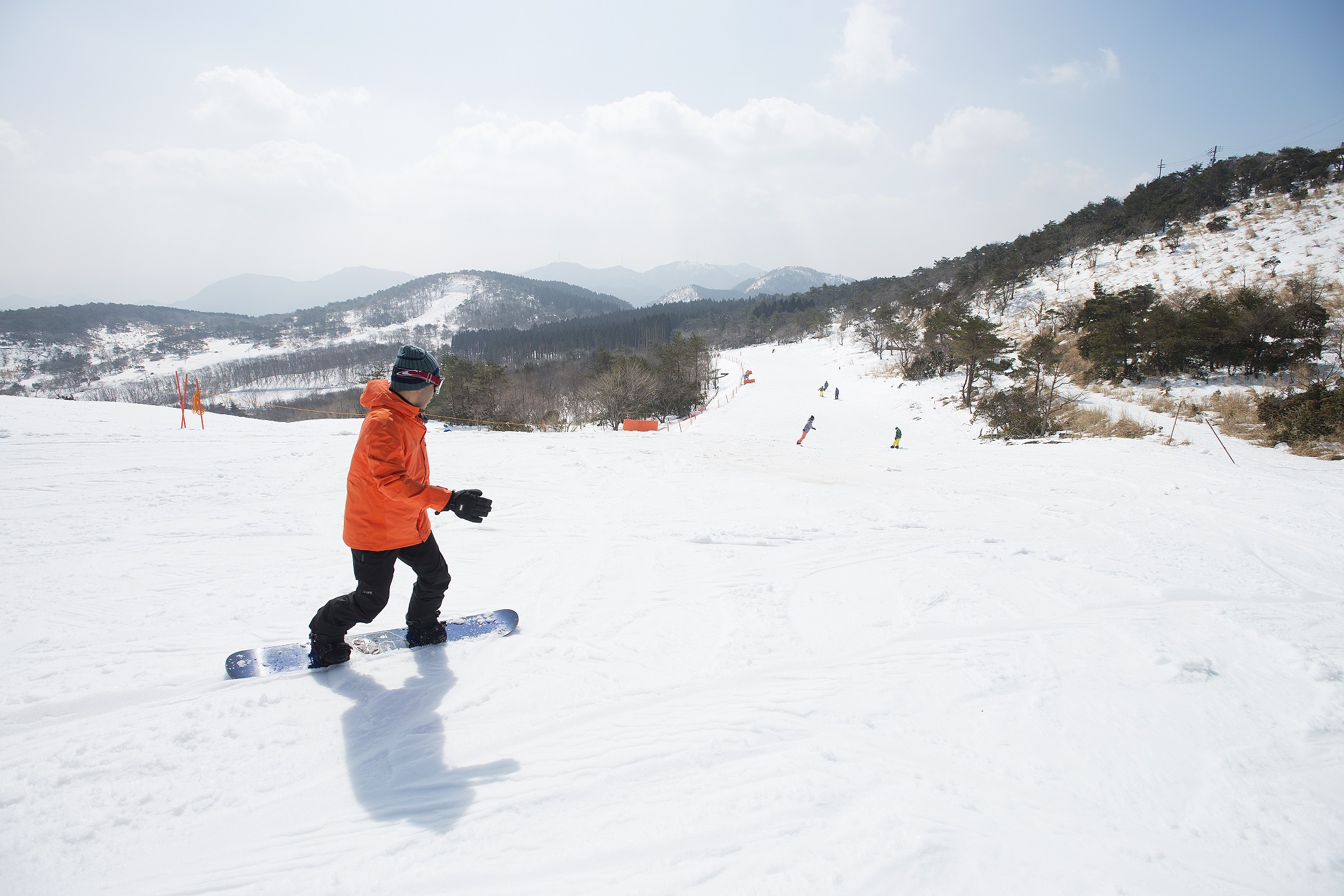
Japan’s newest ski resort - Mineyama Kogen Resort White Peak
Unlike larger, crowded ski areas, Mineyama Kogen Resort White Peak offers a relaxed atmosphere with well-designed slopes perfect for beginners and intermediate skiers. Artificial snow machines ensure consistent snow quality, even in mild winters. Moreover, the resort is accessible by public transport, so there’s no need to stress about icy mountain roads—a huge plus for families or first-timers without a car.
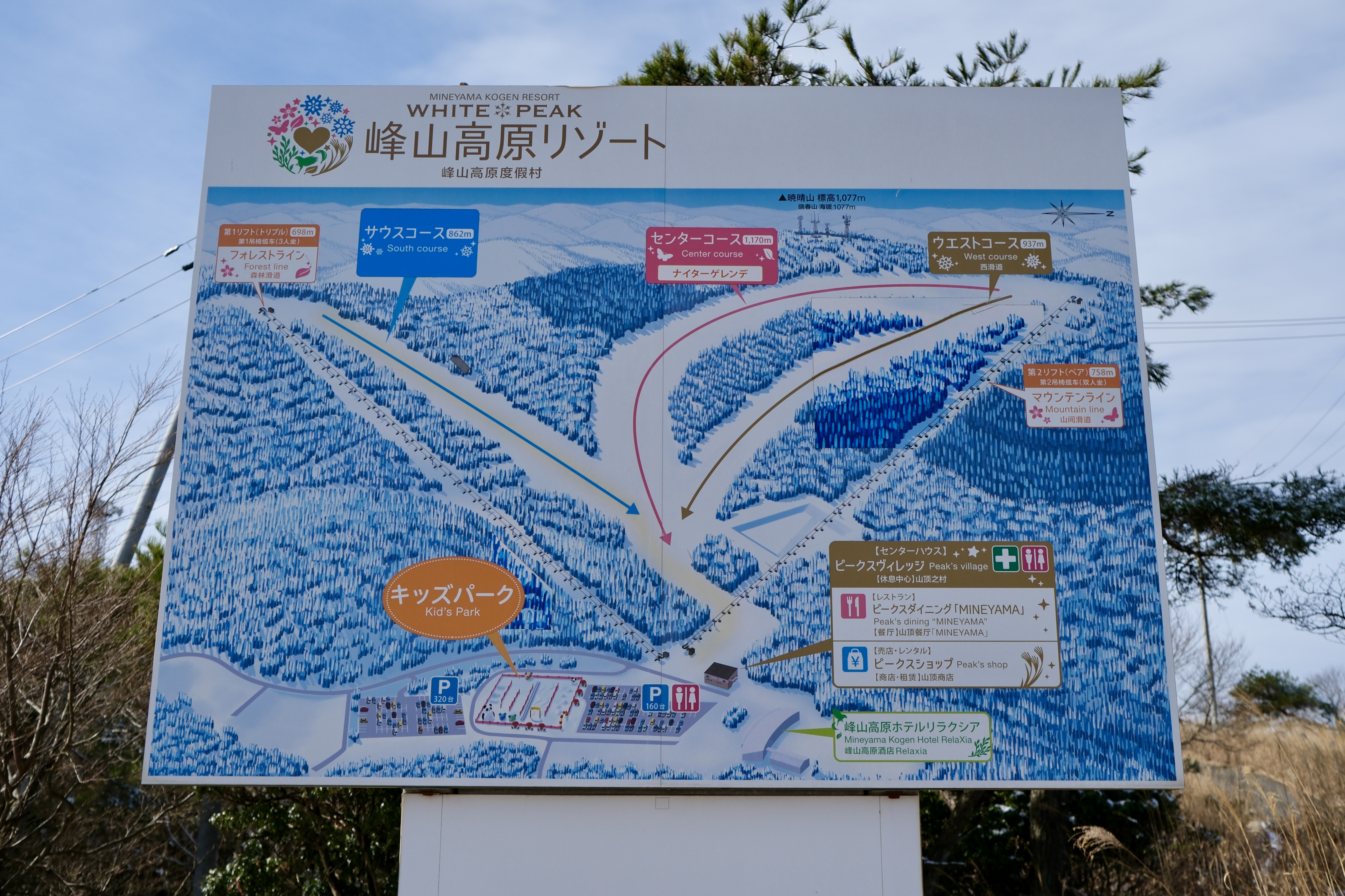
The gentle courses are perfect for beginners!
If sports aren’t your thing, take it slow at Hotel Relaxia, surrounded by the enchanting forest that served as a filming location for the movie Norwegian Wood.
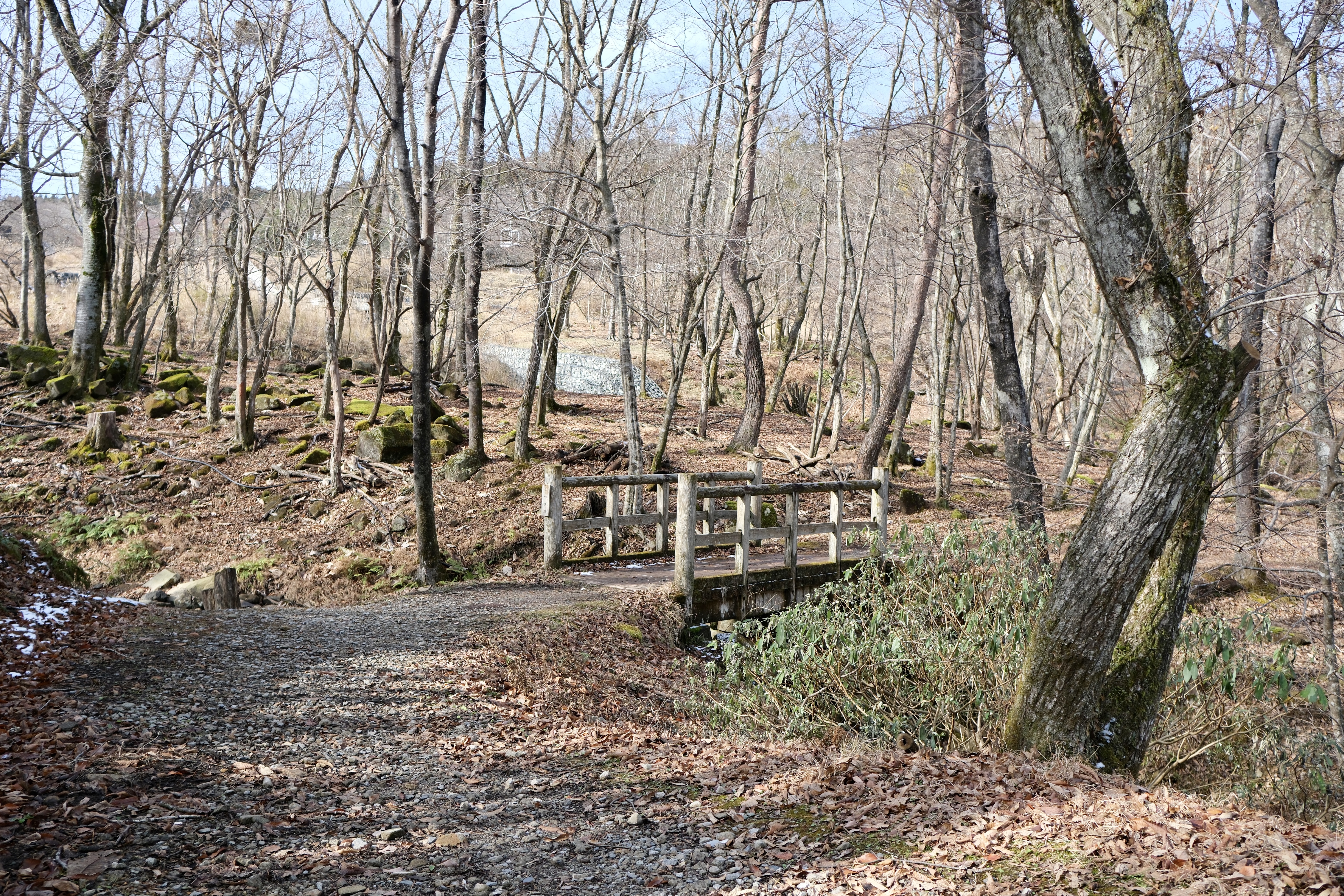
The enchanting forest that was a filming location for the movie Norwegian Wood
In winter, the snow-covered trees create a dreamlike setting, ideal for a peaceful stroll, photos, or simply enjoying nature’s silence. And don’t miss the panoramic open-air bath overlooking the snowy highlands! Even day visitors can enjoy the hot springs (12:00–17:00, 1,000 yen)—a perfect way to unwind after hitting the slopes.
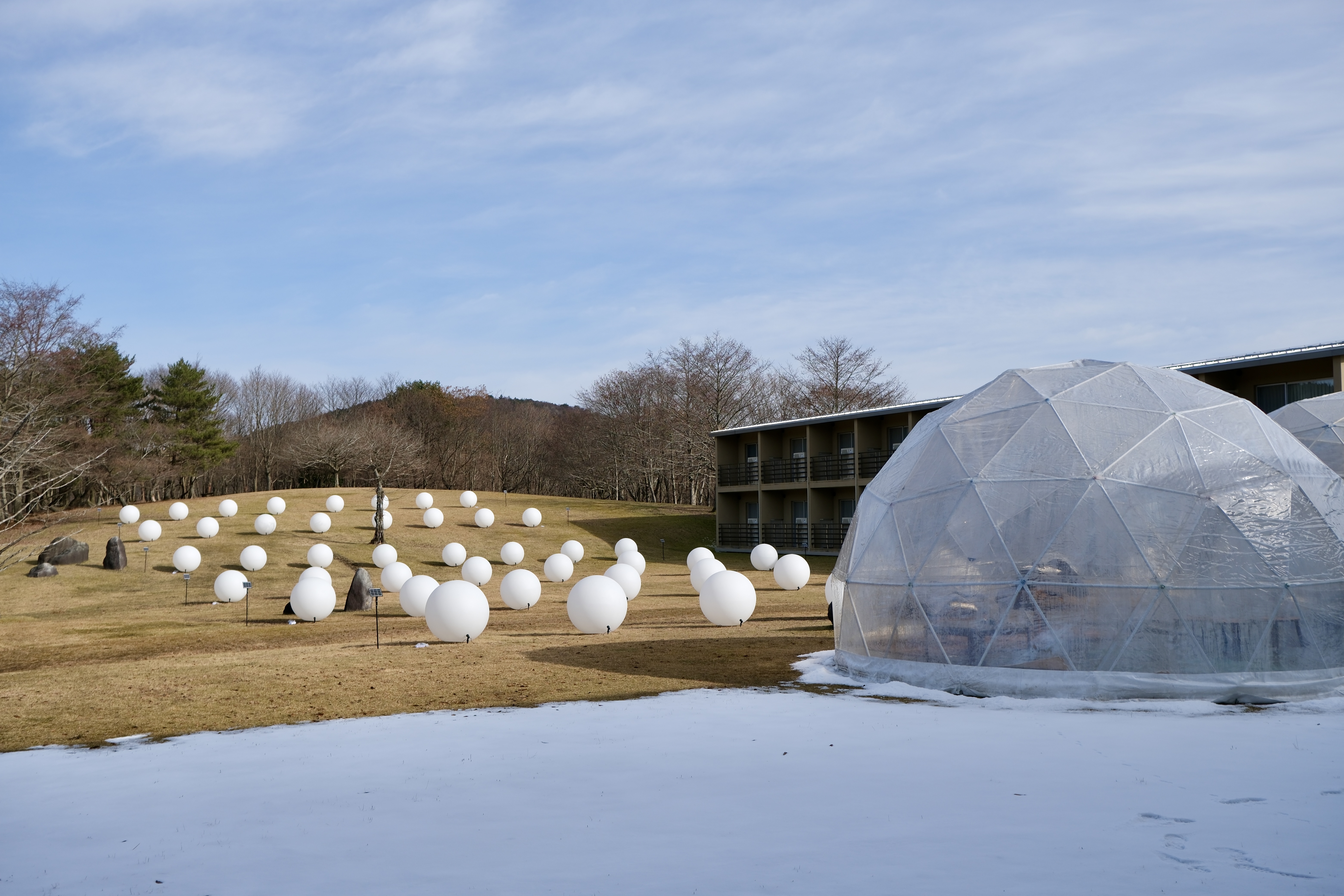
Hotel Relaxia truly lives up to its name—pure relaxation
Access information:
From JR Himeji Station, it’s a 90-minute trip via train and taxi or shuttle bus. The roads are well-maintained, so winter driving worries are minimal.
For those using public transport, the nearest station is JR Teramae Station, located approximately 30 minutes away by taxi.
Gelato & Café Hiyoko
Before lunch, I craved something sweet but not too heavy, and we stumbled upon Gelato & Café Hiyoko—a charming little shop whose name means “chick” in Japanese. Run by young siblings passionate about using locally sourced ingredients, the café offers unique flavors like Koshihikari rice gelato (with chewy grains of real rice), egg pudding with caramel, and soy milk kinako—perfect for those avoiding dairy.
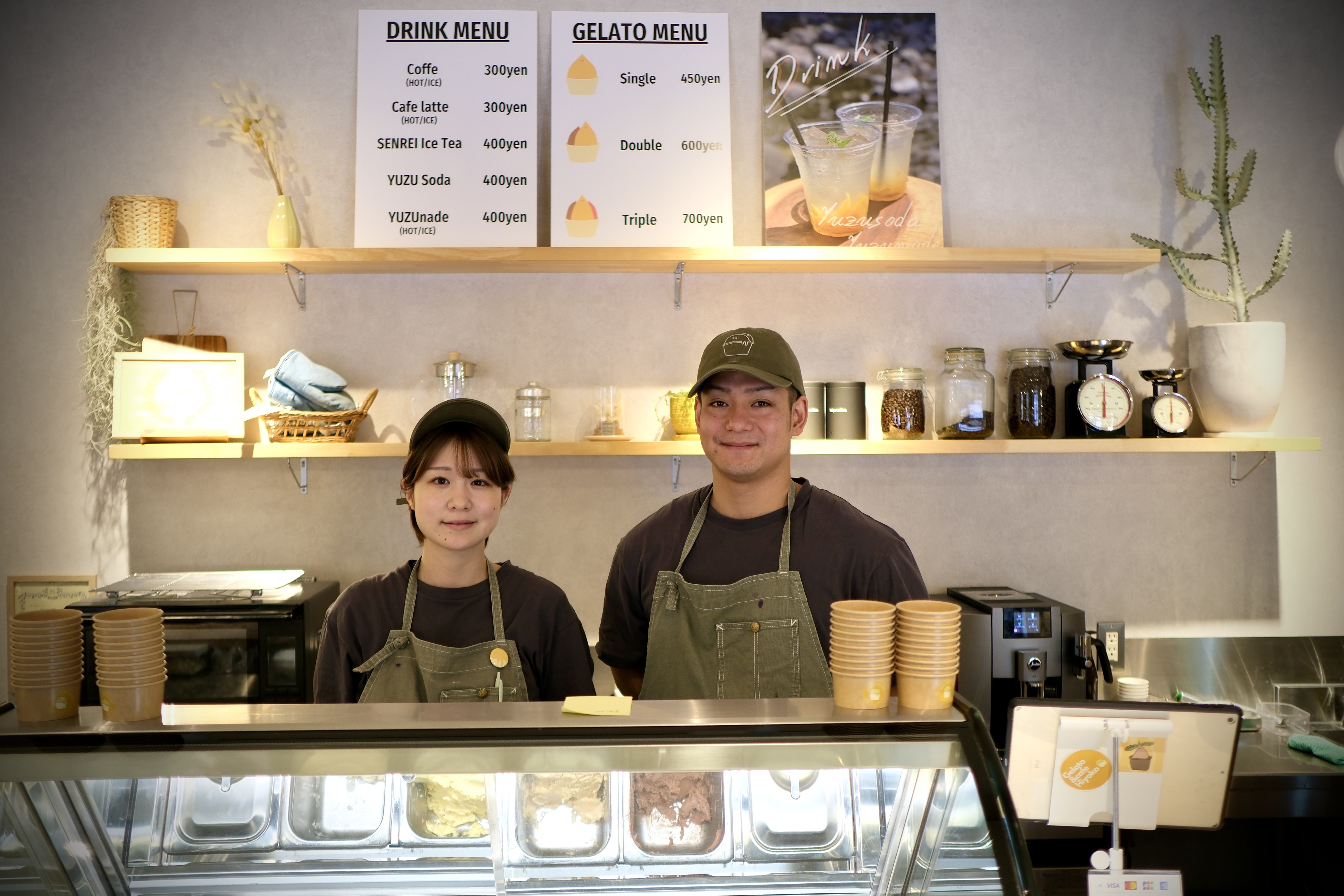
Gelato & Café Hiyoko - a cozy cafe run by young siblings
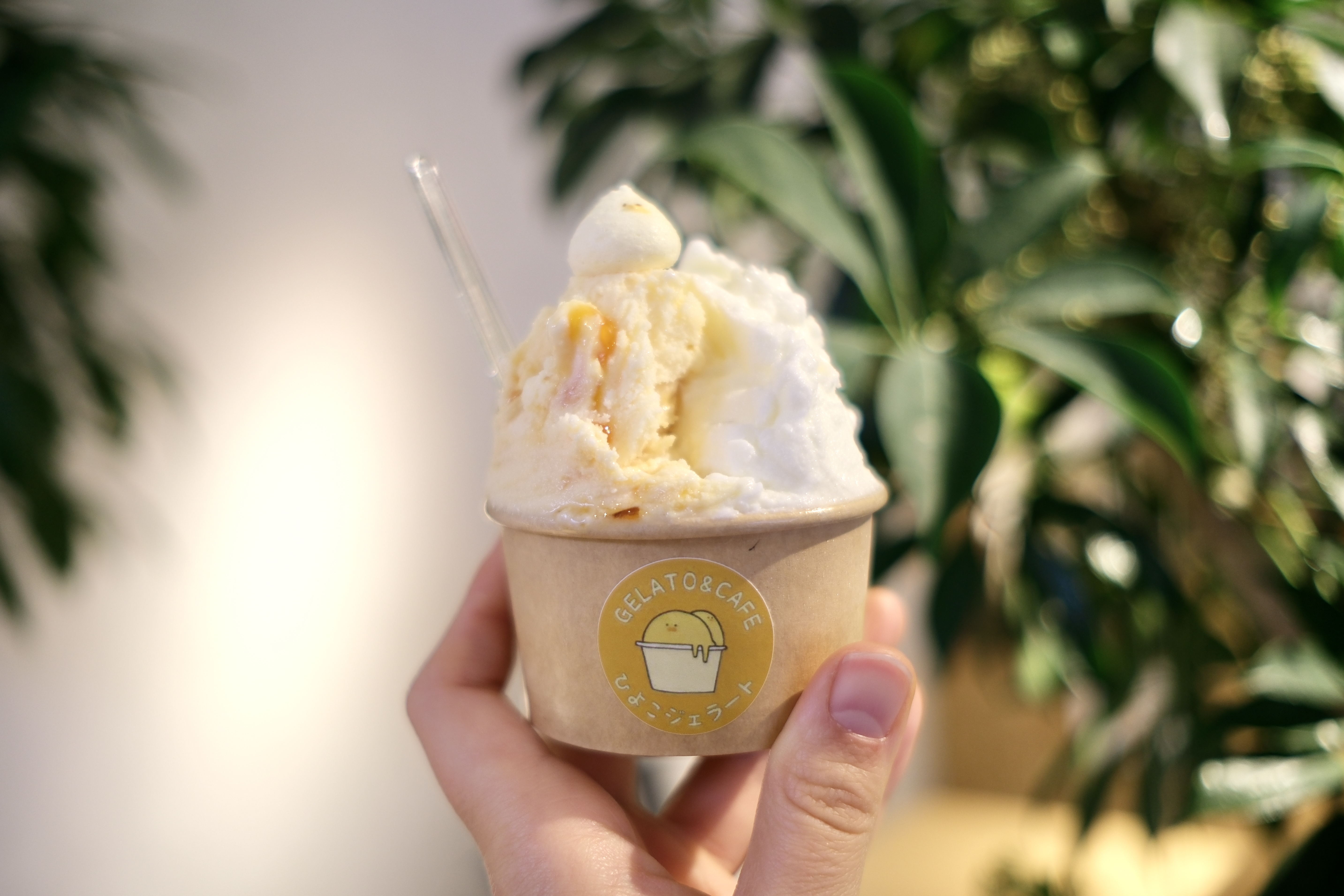
Koshihikari gelato with real rice—I’ve never tasted anything like this before!
I tried the Koshihikari gelato, and it was surprisingly delightful with its grainy texture and subtle sweetness. The cutest detail? Each scoop comes topped with a tiny meringue chick, adding an adorable final touch. It’s the perfect cozy stop for a light treat!
Tori Marche Takacho – A Culinary Gem of Chicken Delights
Our next stop was Tori Marche Takacho, a small yet impressive café in Taka Town’s lush Kita-Harima region—known as the home of Banshu Local Eggs. These rich, nutrient-packed eggs come from chickens raised in spacious, natural conditions and fed a healthy, grain-rich diet.
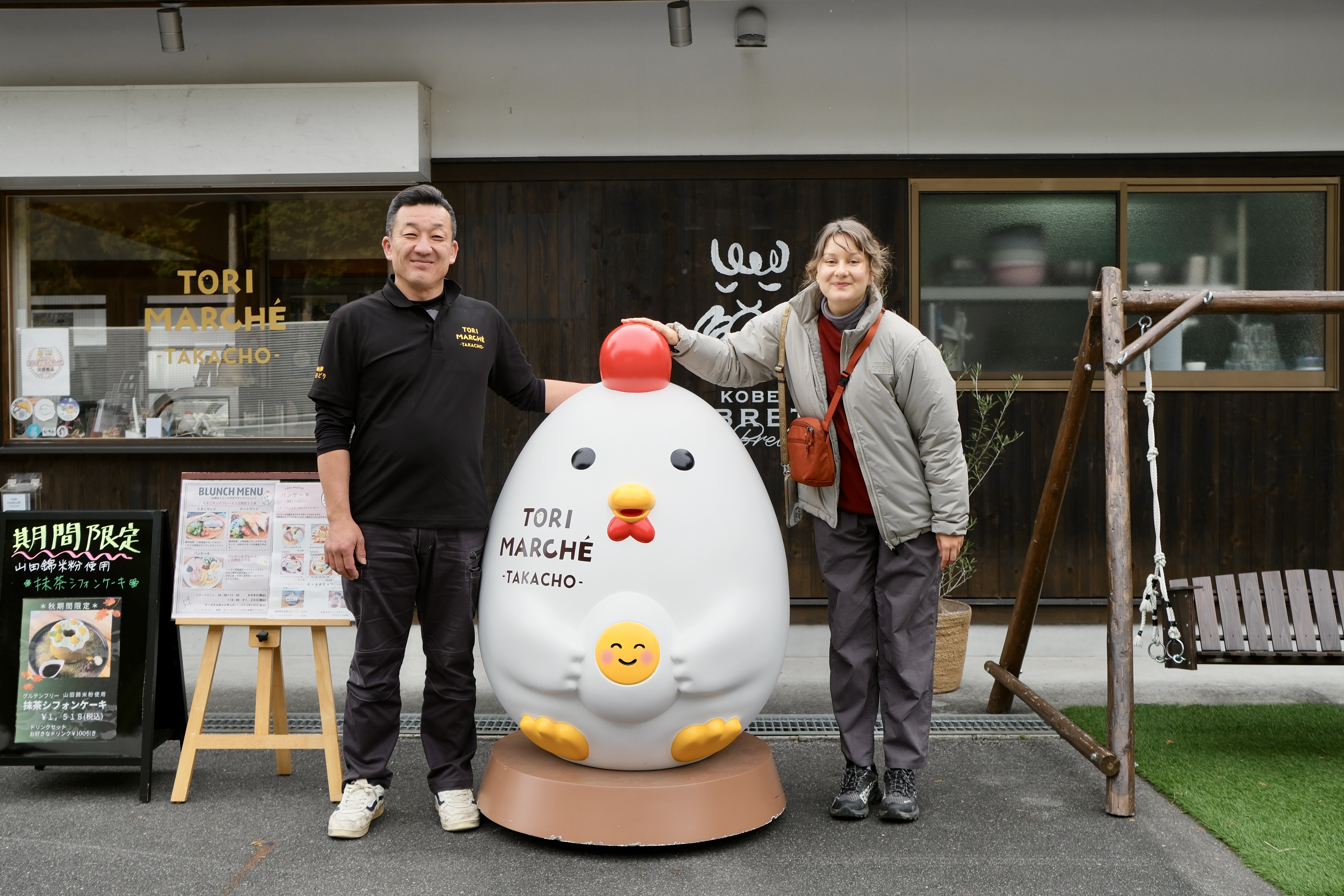
With the owner, Ryuji Ishizuka, a true chicken expert who raises them himself with the help of his small but passionate team
The meal's highlight was undoubtedly the Banshu 100-Day Chicken—tender, flavorful, and packed with umami thanks to its careful upbringing. Interestingly, in this area, the preferred meat for a BBQ is chicken over beef when there’s a choice.f—a refreshing twist! They even sell rare chicken sausages, which are hard to find elsewhere in Japan.
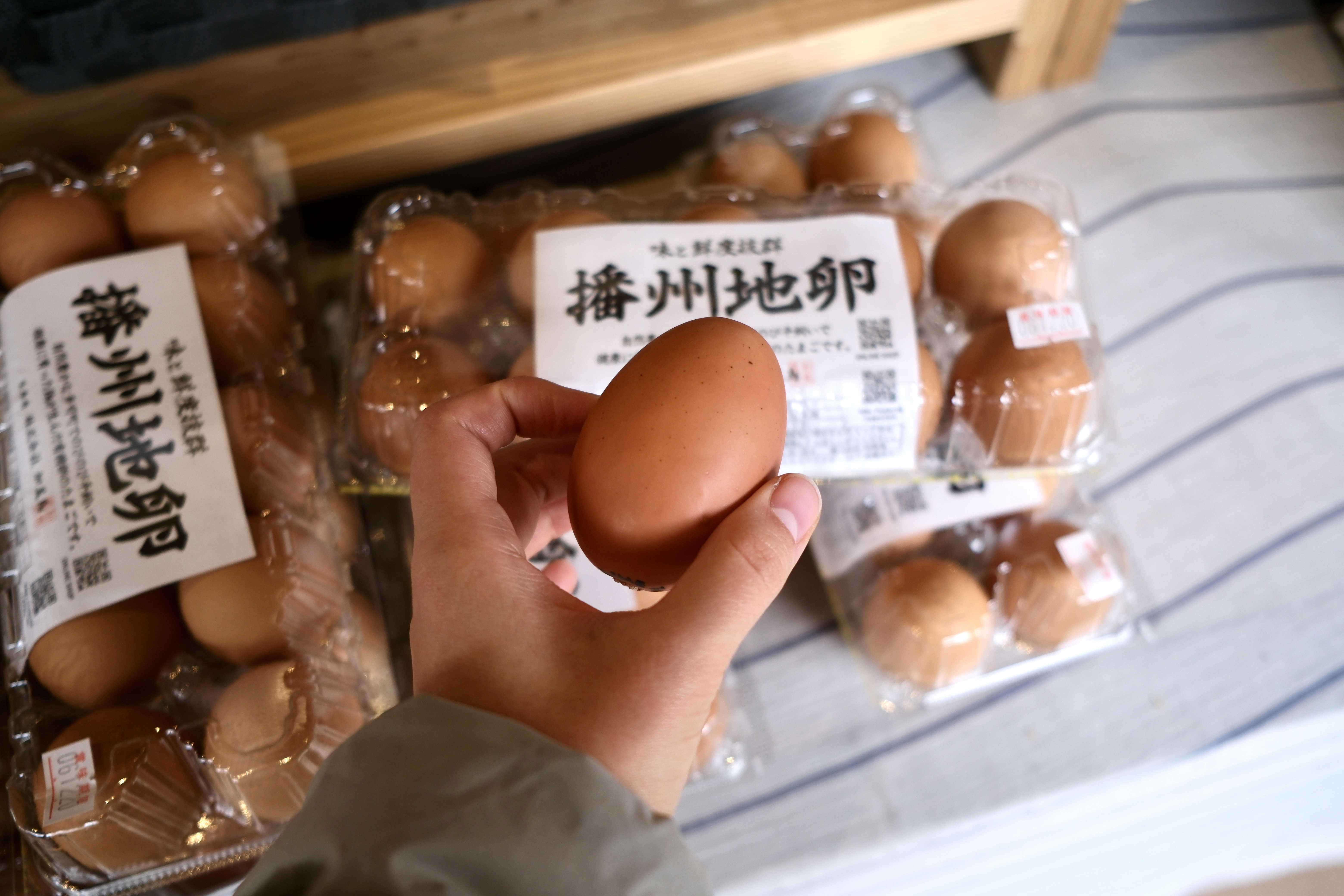
Eggs from free-range chickens fed a rich grain diet are known as "Banshu Local Eggs"
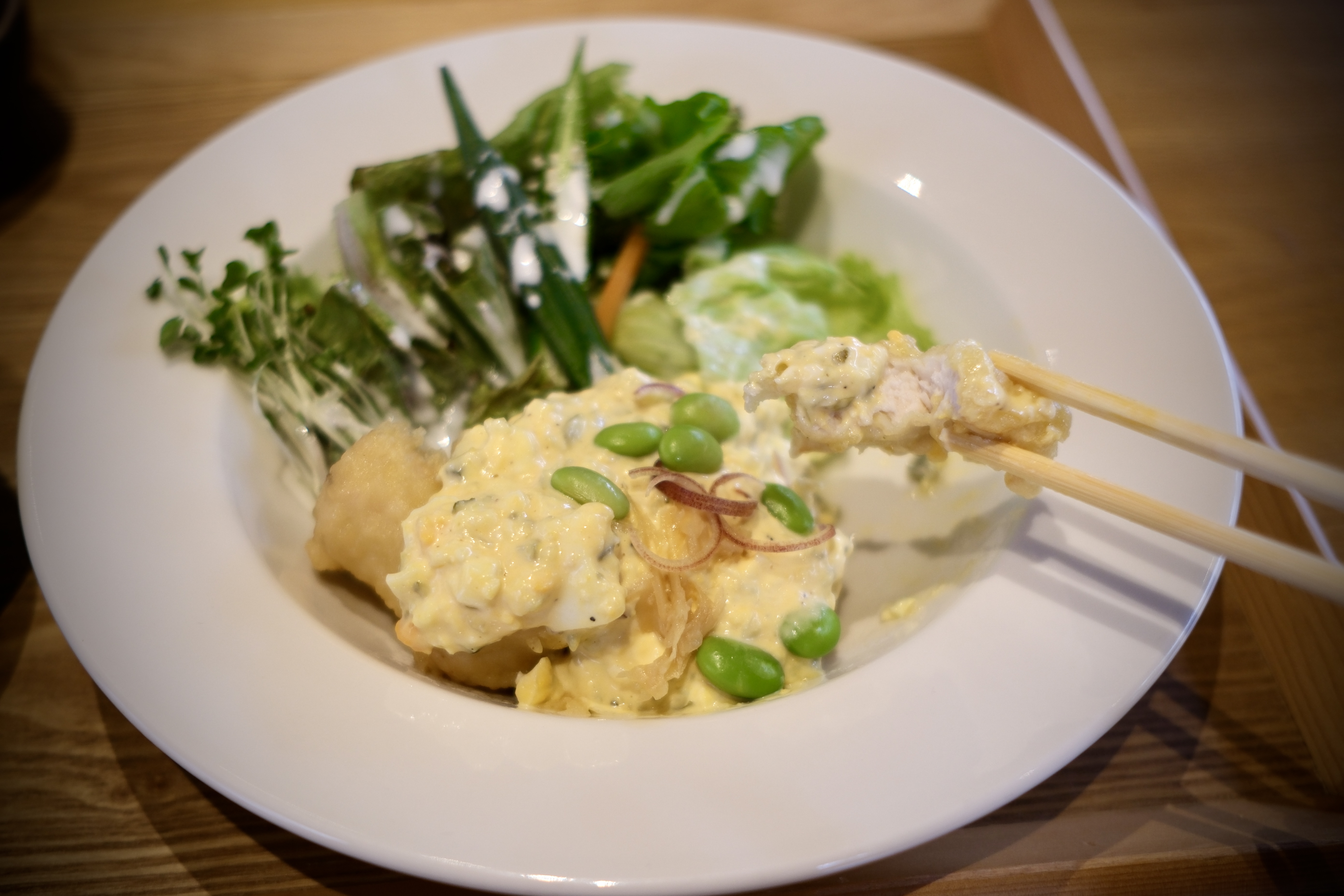
The best chicken fillet I’ve ever had in Japan—no joke, so tender and flavorful!
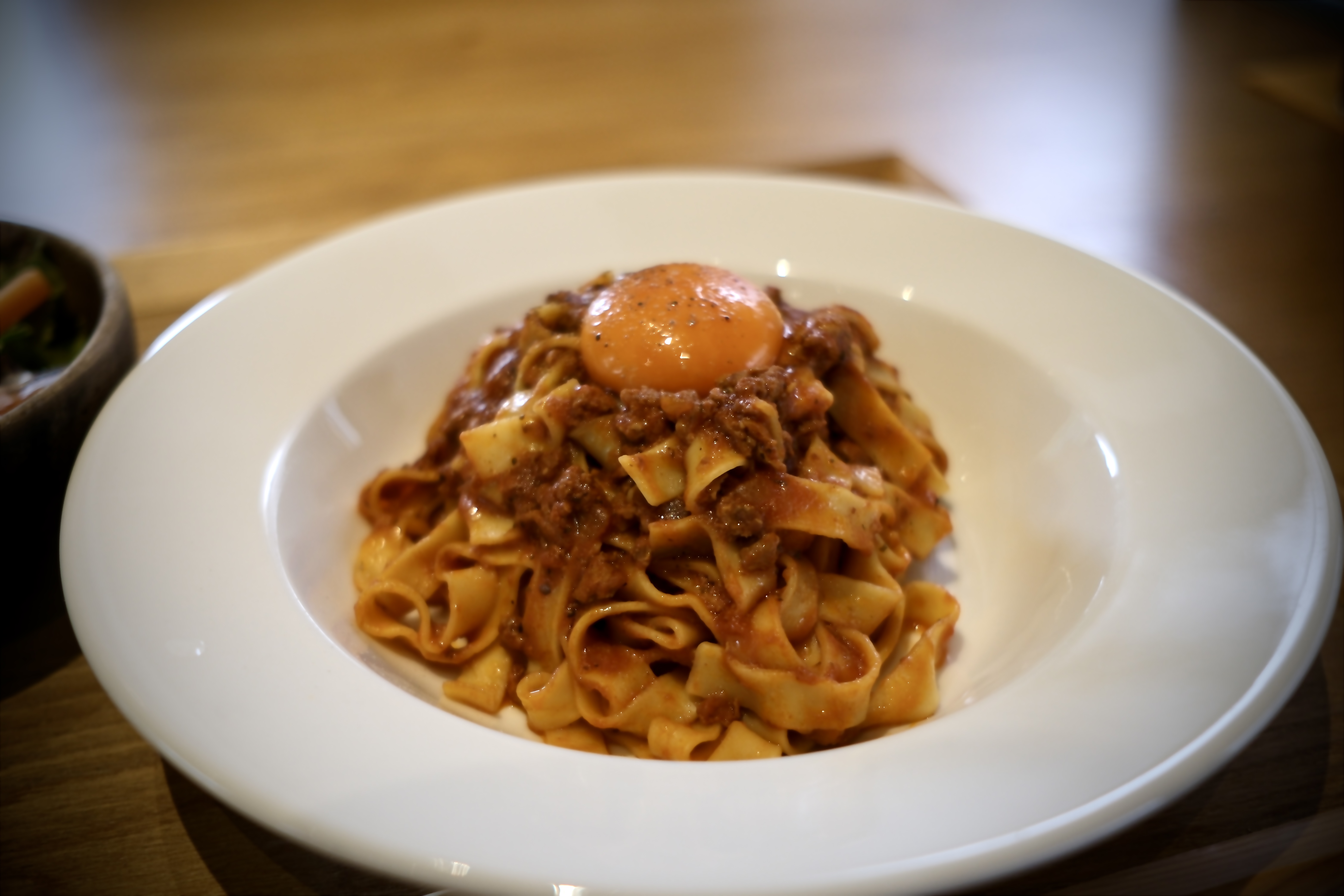
The pasta too!
Of course, I couldn’t resist their signature dish—TKG (Tamago Kake Gohan). The golden yolk, rich in flavor, was a perfect match for the locally grown rice.
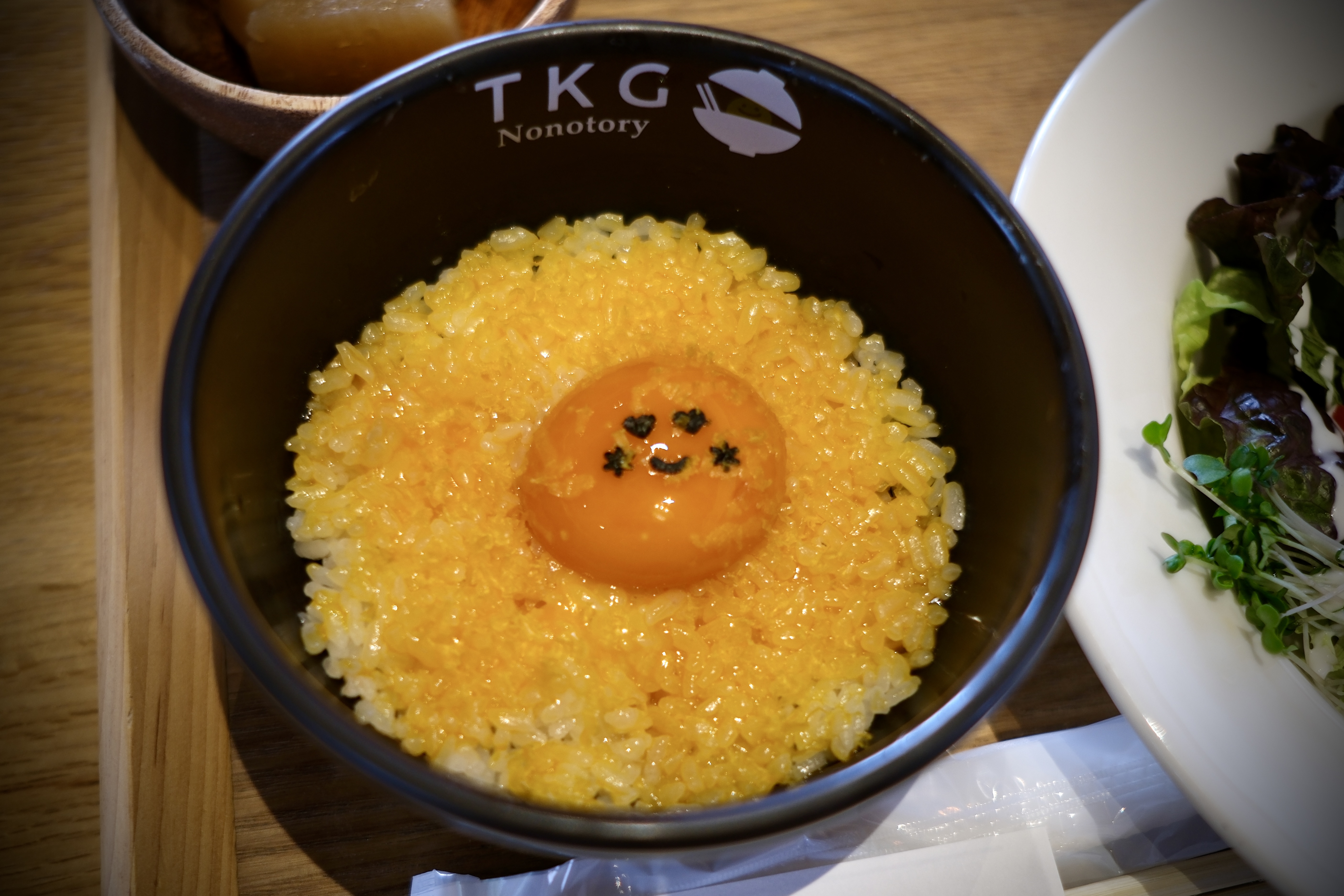
The signature dish—TKG (Tamago Kake Gohan)
If you have time, I recommend trying their BBQ chicken set—the natural sweetness and umami of the meat make it unforgettable. Additionally, there were desserts made with Banshu Local eggs, which made for a satisfying and delicious experience..
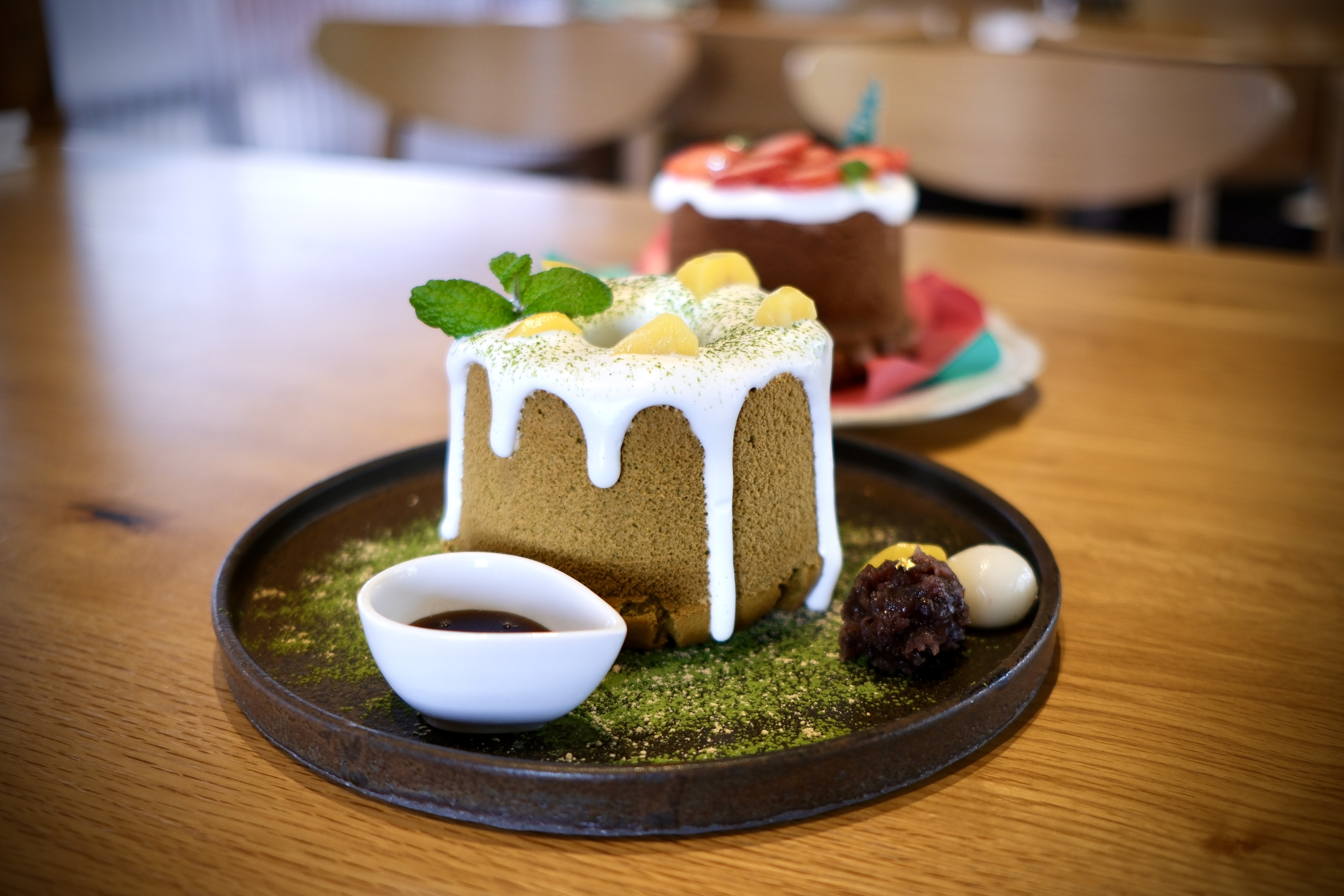
They also offer seasonal desserts!
The Dedication Behind Sugihara Washi at Sugihara Paper Institute
After a hearty lunch, I headed to the Sugihara Paper Institute in Taka Town to learn about the 1000-year-old craft of Sugihara Washi. Rooted in Harima Paper, which dates back to 737 AD, Sugihara Paper was historically renowned for its natural whiteness, soft texture, and durability. It was once used for samurai documents, gifts, and everyday items like packaging and writing paper.
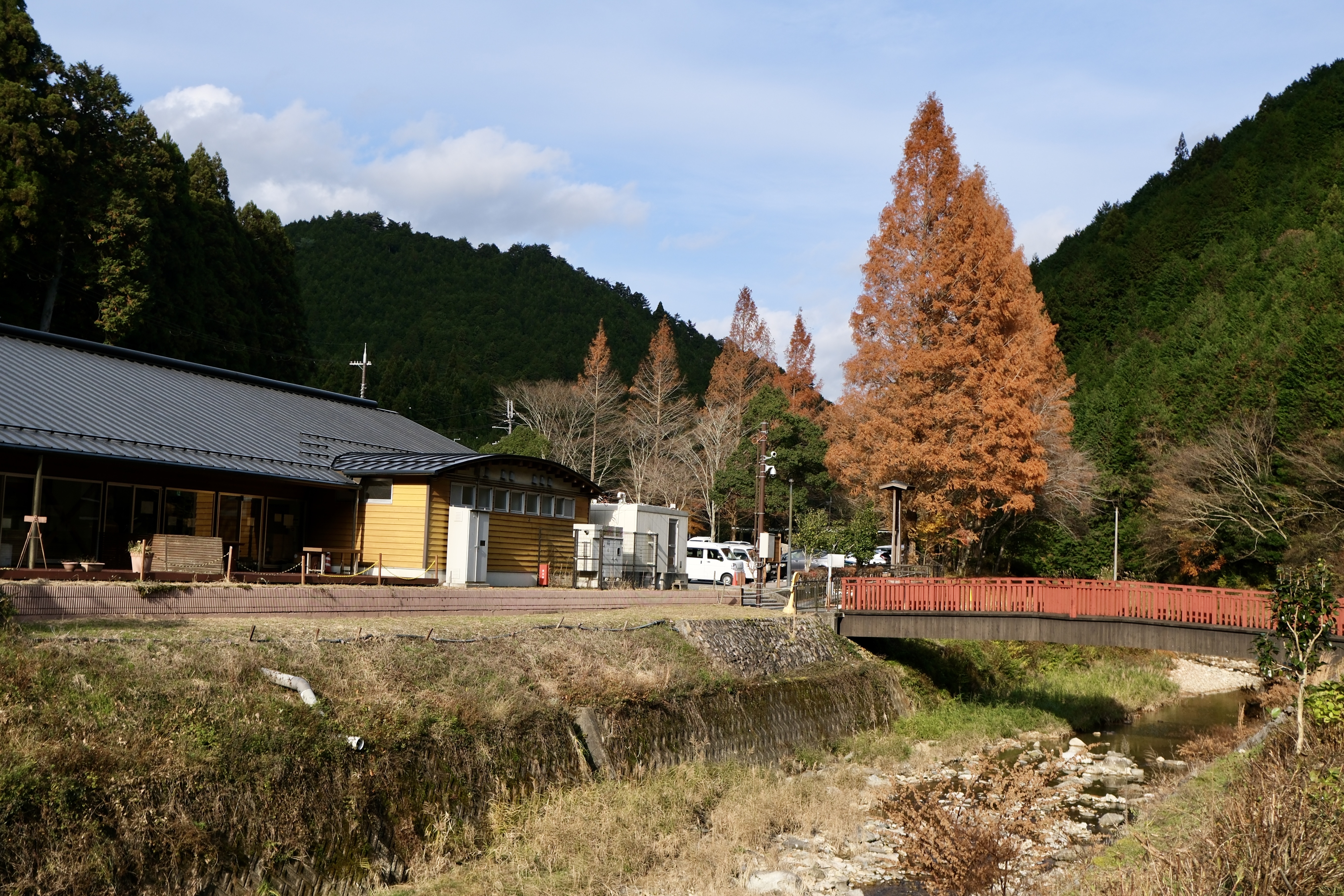
The scenic natural surroundings of the Sugihara Paper Institute in Taka Town
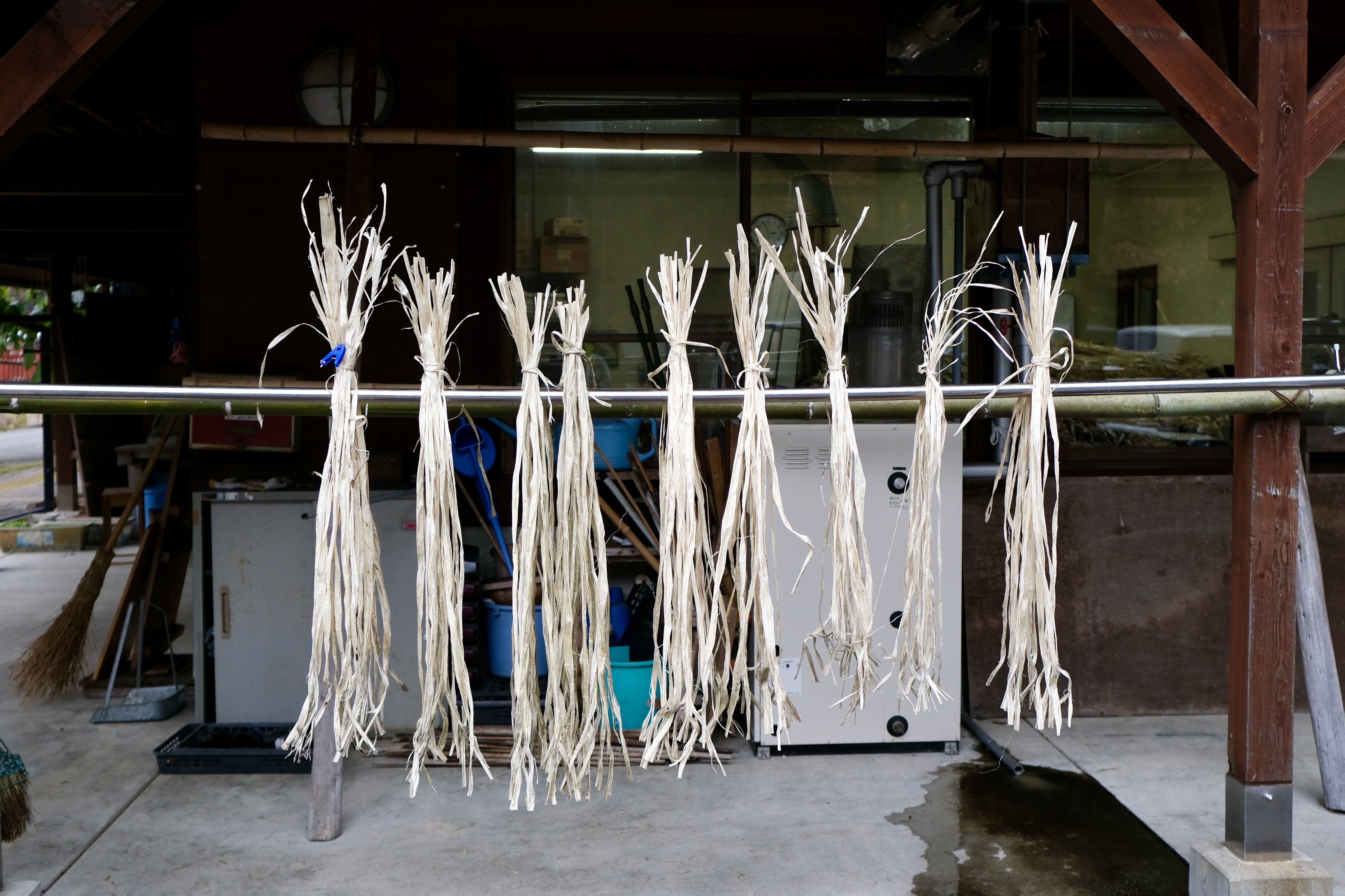
Mulberry Tree Fibers “kouzo,” the raw material for the Japanese paper
However, the Meiji Era(1868〜1912) brought modern paper-making techniques, and by 1925, the craft had disappeared. Thankfully, the 1960s marked its revival when scholars rediscovered its significance. By 1972, the Sugihara Paper Institute was established, and in 1983, Sugihara Paper was recognized as a Hyogo Prefecture Important Intangible Cultural Property.
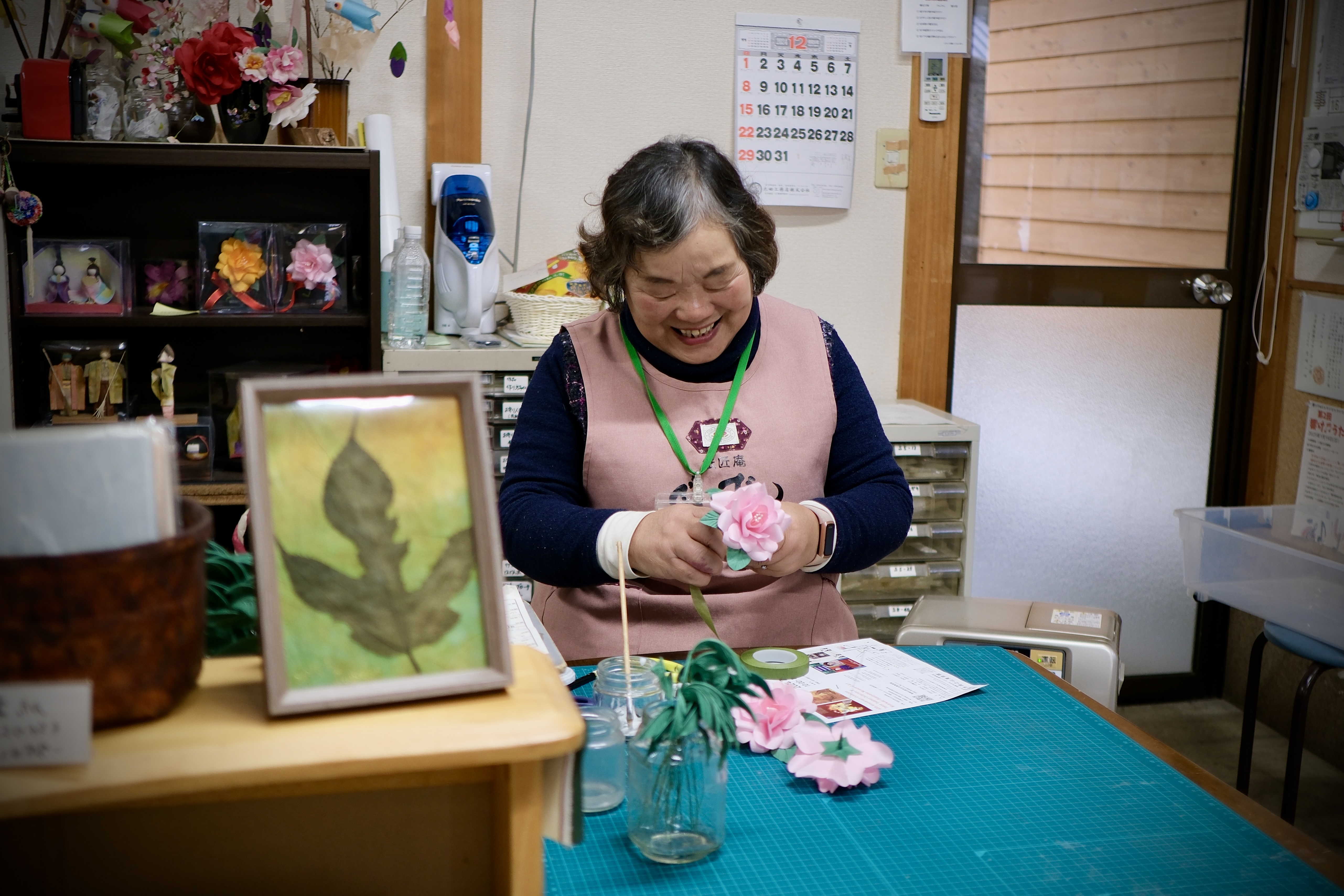
he Sugihara Paper Institute also supports the local community by creating paper flowers for school graduation ceremonies
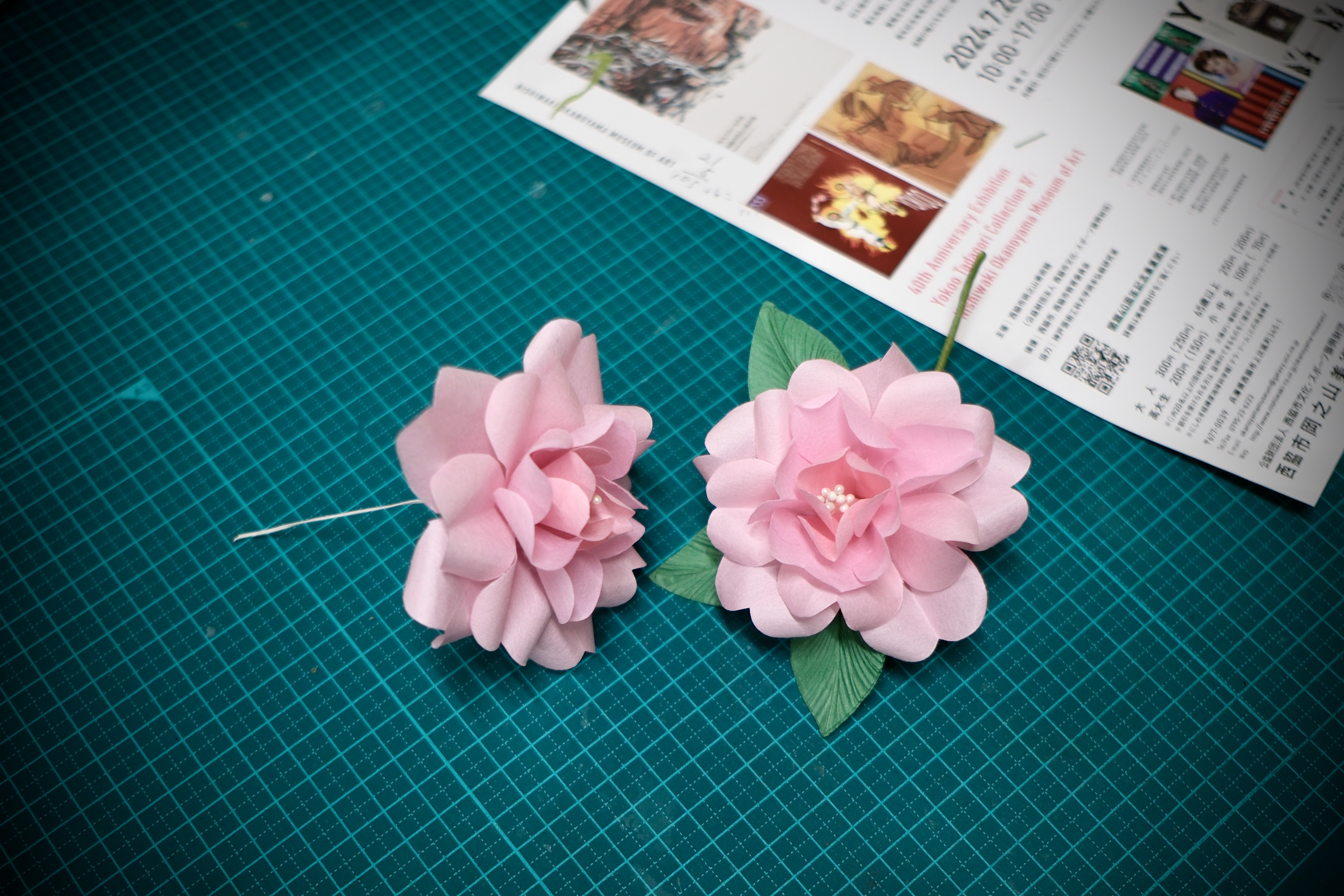
It’s amazing to think this beauty is crafted from paper with over 1,000 years of history!
What makes this experience unforgettable is the chance to make washi yourself! For just 450–550 yen, you can dive into the process:
●Mixing: Kouzo fibers are blended with plant-based glue in clear, cold water.
●Hand-Scooping: The mixture is spread evenly using a wooden frame to form a smooth sheet.
●Decorating: Add local leaves, flowers, or colorful fibers to create your own design.
●Drying: The finished sheets take about an hour to dry—perfect for relaxing and soaking in the atmosphere.
To know more about paper making, please vist the official site:
https://sugiharagami.takacho.net/en/process/
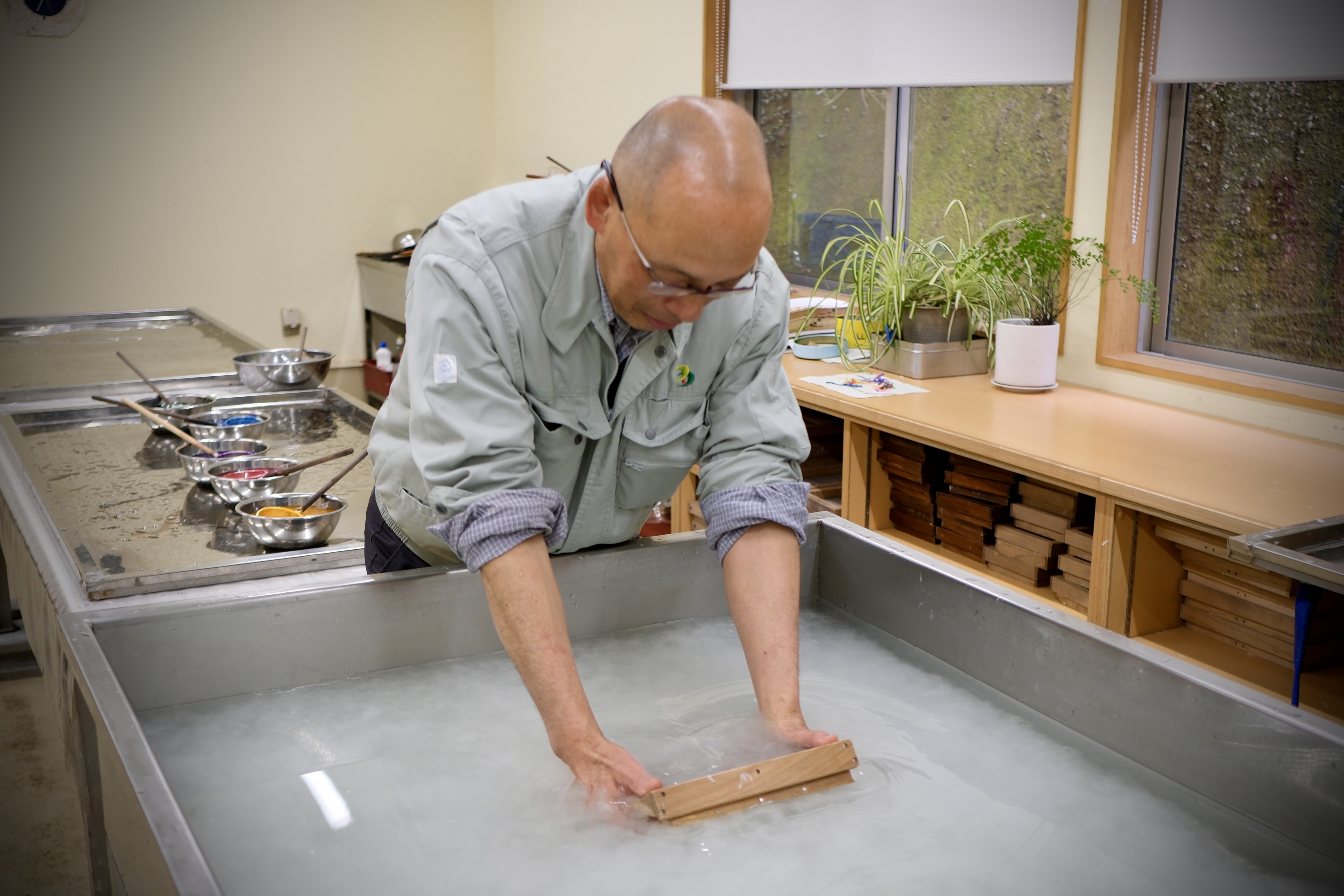
Hisashi Fujita, a washi craftsman, is showing me the proper technique for scooping the mixture
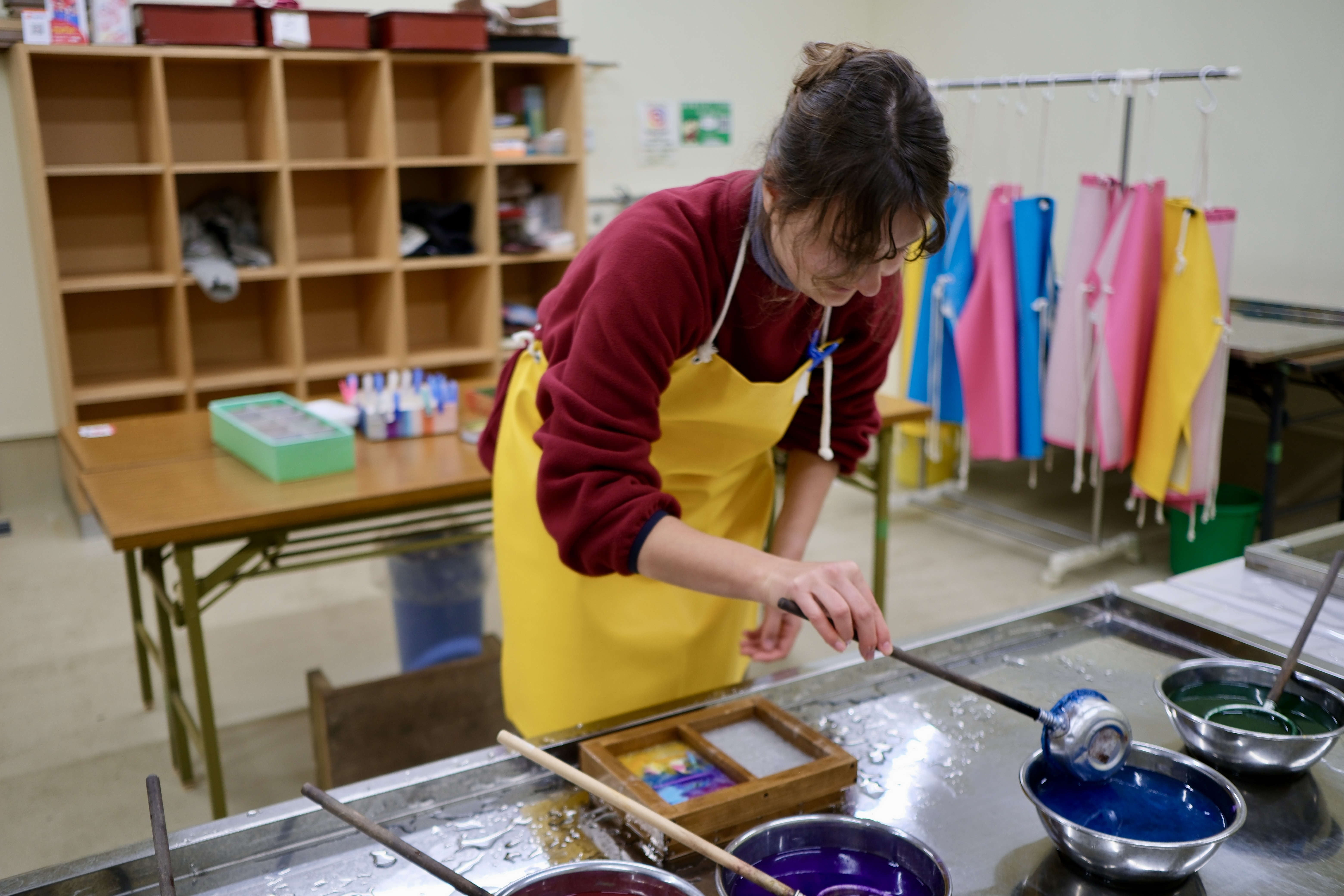
Decorating was so much fun! I added local leaves, flowers, and colorful fibers to craft my own unique design
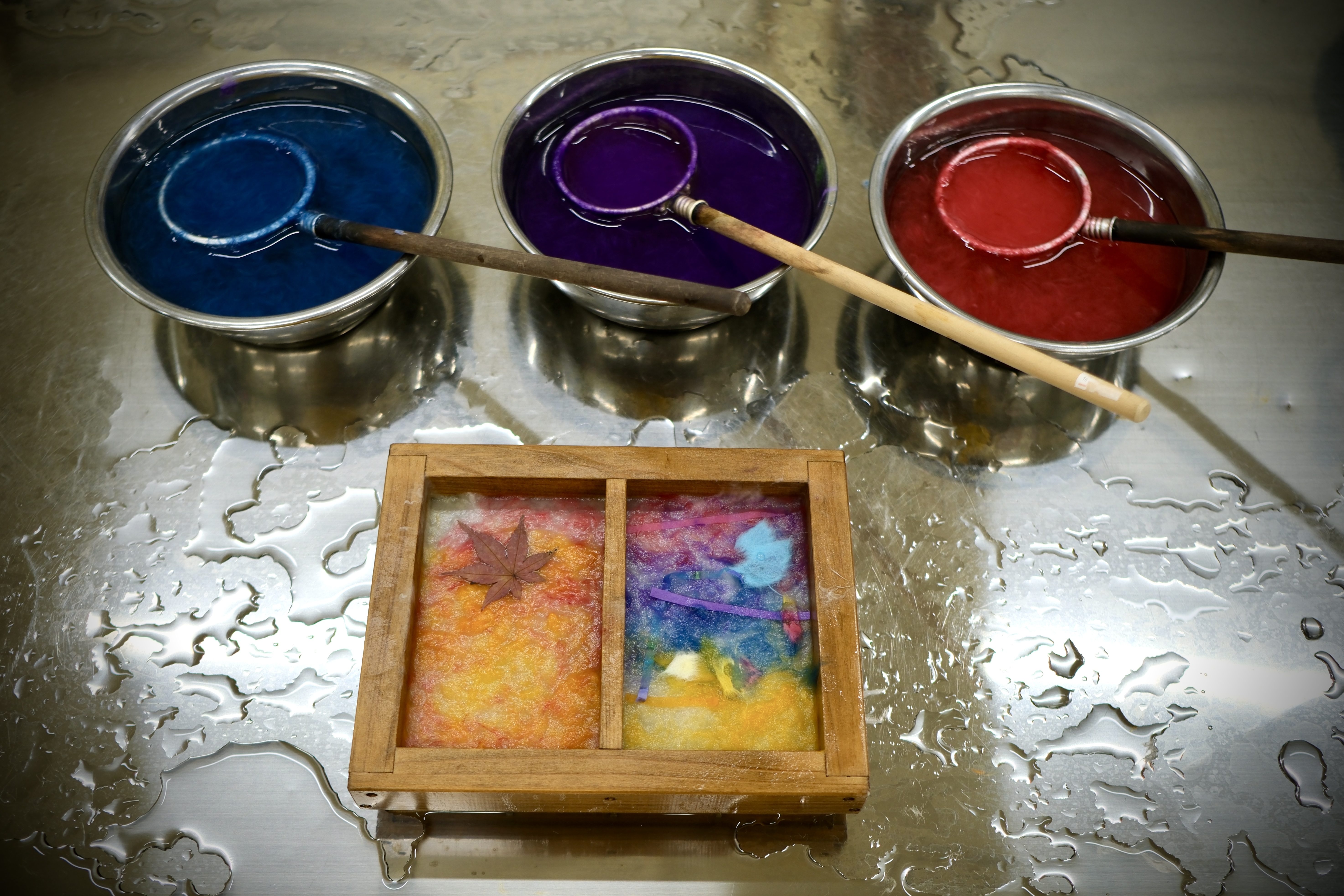
The final result!
I was deeply impressed by the artisans' dedication. Achieving this remarkable whiteness requires the traditional Kawasarashi process, where craftsmen wash raw material for paper in freezing river water during winter. Standing in icy currents as snow falls, they demonstrate an unwavering commitment to preserving this timeless art.
Access Information
Take the Shinki Bus fromJR Nishiwaki City Station to either "Tobakami" or "Sugihara Paper Village”(About 1hour)
Closing Note
This trip beautifully captured the spirit of slow travel—taking the time to savor every moment, connect with local traditions, and admire the dedication behind these crafts. From the peaceful slopes of Mineyama Kogen to the delicious chicken specialties at Tori Marche Takacho and the meditative artistry of Sugihara Washi, each stop felt meaningful and inspiring. It reminded me that travel isn’t just about the destination but about immersing yourself in unique experiences! If you’re craving a quieter, more authentic side of Japan, this trip may inspire you to explore Hyogo’s hidden treasures, too.



